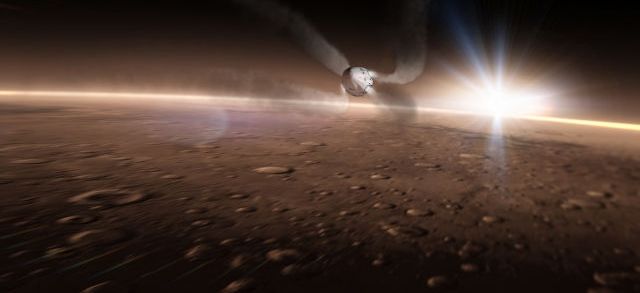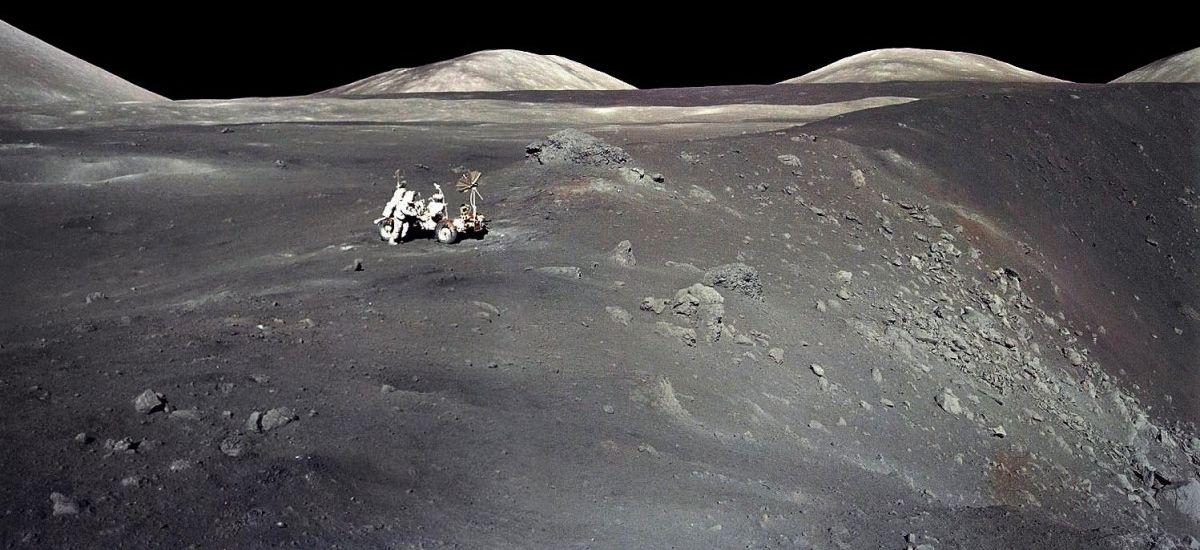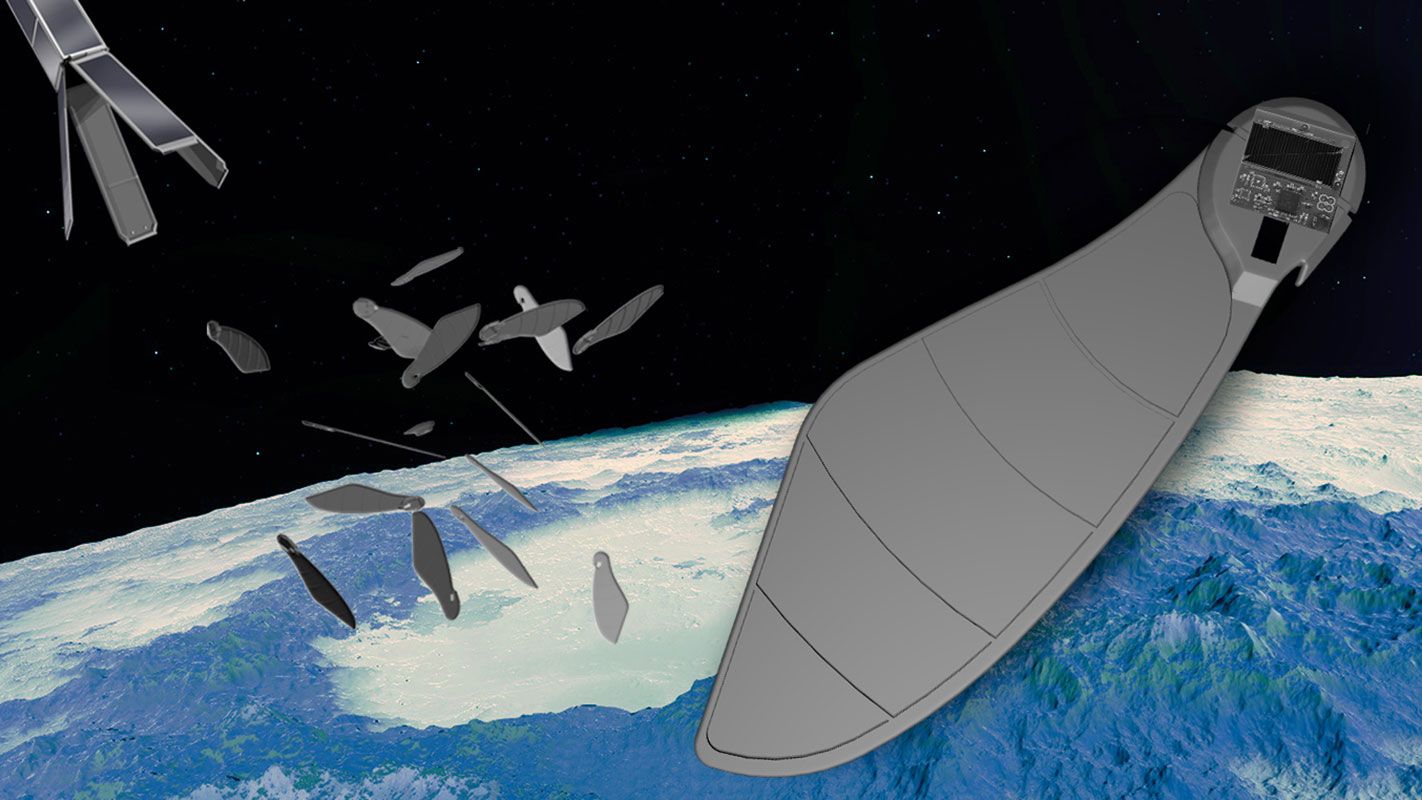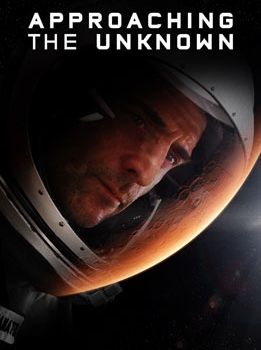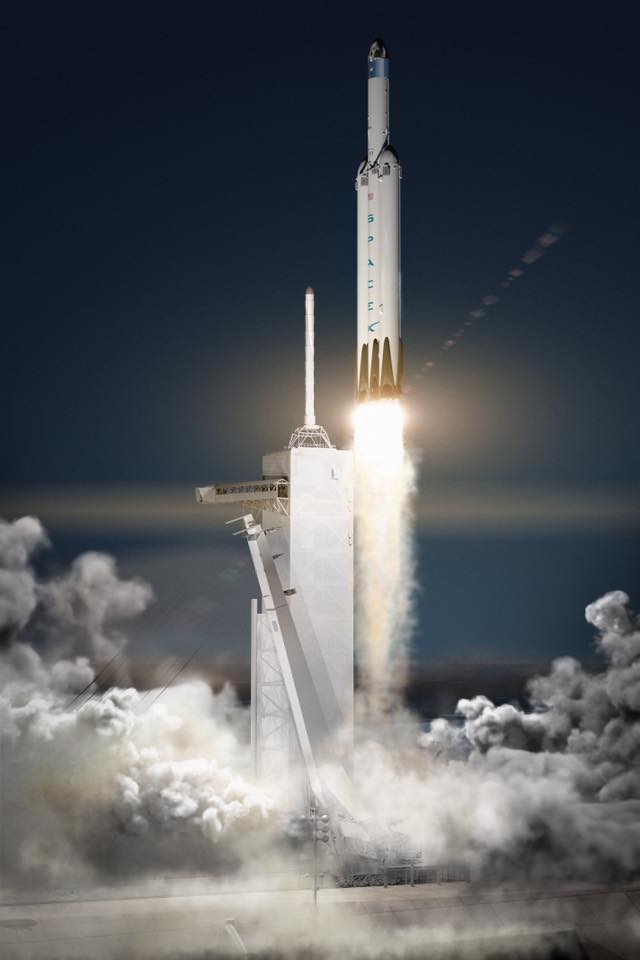Archive for the ‘space travel’ category: Page 481
Apr 30, 2016
5 Takeaways From ESA’s Rosetta Comet Mission
Posted by Bruce Dorminey in category: space travel
Comets are more complicated than ever imagined and even after ESA’s spectacularly successful mission to 67P, researchers are still debating whether they delivered most of the water to Earth and whether they helped jumpstart life here on terra firma.
The European Space Agency’s (ESA) Rosetta mission to the comet 67P/Churyumov-Gerasimenko has arguably given planetary scientists the best new cometary data in a generation. Although the mission’s Philae lander has long ceased communication from the comet’s surface, the Rosetta spacecraft will continue operations until September when it makes a final touchdown on 67P’s surface. As I noted here previously, at that point, Rosetta will be so far from the Sun it will be on the verge of exhausting all its power.
But next month, researchers will meet at The Royal Society in London to discuss the data and the direction cometary science should take in this post-Rosetta era.
Continue reading “5 Takeaways From ESA’s Rosetta Comet Mission” »
Apr 30, 2016
From zero to 100mph in 1.2 seconds, the SuperDraco thruster delivers
Posted by Karen Hurst in categories: innovation, space travel
New engine for SpaceX to take them to Mars in 2018.
Ars takes a closer look at SpaceX’s innovative and essential engine.
Apr 29, 2016
NASA Now Has New Options For Sampling Moon’s Ancient Interior
Posted by Bruce Dorminey in categories: robotics/AI, space travel
The odds are now better than ever that future explorers, both robotic and human, will be able to take samples of the lunar’s hidden interior in deep impact basins like Crisium and Moscoviense. This gives planners more options on where to embed the first science colony.
Finding and sampling the Moon’s ancient interior mantle — one of the science drivers for sending robotic spacecraft and future NASA astronauts to the Moon’s South Pole Aitken basin — is just as likely achievable at similar deep impact basins scattered around the lunar surface.
At least that’s the view reached by planetary scientists who have been analyzing the most recent data from NASA’s Gravity Recovery And Interior Laboratory (GRAIL) and its Lunar Reconnaissance Orbiter (LRO) missions as well as from Japan’s SELENE (Kaguya) lunar orbiter.
Continue reading “NASA Now Has New Options For Sampling Moon’s Ancient Interior” »
Apr 29, 2016
SpaceX releases 360-degree footage of the Falcon 9 sea landing
Posted by Klaus Baldauf in categories: drones, space travel
SpaceX has just published a stunning 360-degree video of its most recent feat: landing the first stage of the Falcon 9 rocket on a drone ship in the ocean. If you ever wanted feel like you’re standing under a spaceship that’s landing without the awful side effect of being burned to shreds, here’s your chance.
To be honest, we thought we had seen every angle of this historic moment by this point. We watched it happen live. We watched it in 4K. We saw photos that were taken from just about every conceivable and terrifying angle.
But SpaceX has never released a 360-degree video, so you’ve definitely never seen anything quite like this. Watching the rocket descend from above from the perspective of the ship is extremely surreal, especially when you hear the landing rockets kick in. So sit back, throw your phone in a headset if you have one, and hit play. This will hopefully be just the first of many more to come. (Now if only they had filmed 360-degree videos of the ones that blew up.)
Continue reading “SpaceX releases 360-degree footage of the Falcon 9 sea landing” »
Apr 28, 2016
Private Mars Missions: A Red Planet Exploration Roundup
Posted by Sean Brazell in category: space travel
Here’s a brief look at the plans private organizations such as SpaceX and Netherlands-based nonprofit Mars One have hatched to explore the Red Planet.
Apr 28, 2016
SpaceX Plans a Mars Mission by 2018 — Start Up Your Day Roundup
Posted by Karen Hurst in categories: business, Elon Musk, robotics/AI, space travel
Anyone ready to visit Mars for your next vacation in 2018?
Volvo’s driverless car will take on the roads of London. Looking for the latest headlines in small business, innovation and tech? While some tech companies suffered last quarter, Facebook announced a surge in users and revenue. In a series of tweets yesterday, Elon Musk announced plans to land an unmanned craft on Mars by 2018. Volvo will test its driverless car in London’s heavy traffic to collect data and make improvements, according to The Christian Science Monitor.
Apr 28, 2016
Tiny Spacecraft to Take on Journey to Alpha Centauri
Posted by Klaus Baldauf in categories: computing, engineering, space travel
Draper’s ChipSat Research Could Make Stamp-Sized Spacecraft Functional for Interstellar Mission
CAMBRIDGE, MA – Chip-sized spacecraft will be beamed about 25 trillion miles to Alpha Centauri within 20 years of launch – a mission that would otherwise take 30,000 years – thanks to an engineering project sponsored by the Breakthrough Starshot team. Since 2010, Draper and Cornell University have collaborated on research into spacecraft that could be reduced to the size of a postage stamp and dubbed “ChipSats.” While ChipSats are small and inexpensive to launch, they face challenges far different from those of larger spacecraft and require a completely different approach to space missions.
Due to their tiny size, ChipSats experience disturbances in space in a different manner from large spacecraft. Much like a dinghy is greatly affected by waves that cannot move an oil tanker, the importance of small environmental forces, such as solar radiation pressure and aerodynamic drag, is magnified for ChipSats. This represents a challenge for completing the journey to Alpha Centauri and pointing precisely to send data back to Earth. But it is also an opportunity for developing new guidance and control approaches that take advantage of the environment.
Apr 27, 2016
Approaching the Unknown: Movie Trailer
Posted by Sean Brazell in categories: entertainment, space travel
Captain William D. Stanaforth (Mark Strong) is on a one-way solo mission, taking humanity’s first steps toward colonizing Mars. Although the entire world is watching him, he is completely alone in a dark and distant sea of stars. Stanaforth rockets bravely through space facing insurmountable odds, but as the journey takes a toll on his life-sustaining systems, he is forced to make impossible choices that threaten his sanity, mission and very existence.
SpaceX is planning to send Dragons to Mars as early as 2018. Red Dragon missions will help inform the overall Mars architecture that will be unveiled later this year.
These missions will help demonstrate the technologies needed to land large payloads propulsively on Mars.


